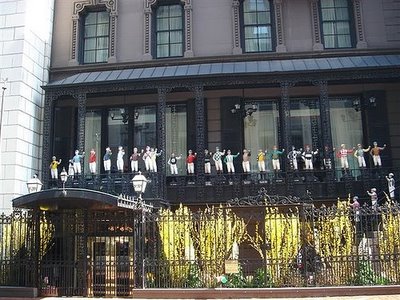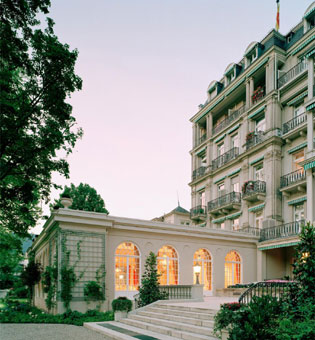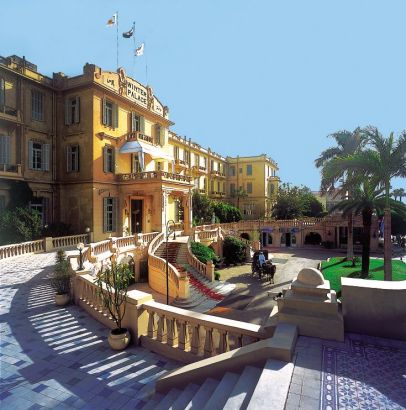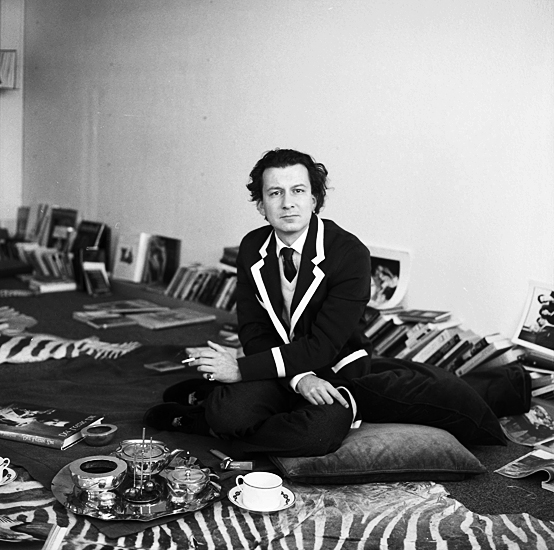Paris, Hôtel de Crillon, from our fashion correspondent Harald Nicolas Stazol
21 club, the last New York restaurant, where wearing a tie was obligatory, has rescinded it´s rules – the anyway not too elegant male Manhattanites are free to roam there as they please now, it seems. O tempora, o mores!

Well it is well noted by our correspondent of Old Europe that the rules still apply in the lobby of one of the Leading Hotels of the World and one of the best in my opinion anyway, the Brenner´s Park in Baden Baden

There even is a little pictogram for that matter next to the door on the right side, if memory doesn´t fail me, for the not language-savy… I´ll check that when I will be back for the races, beginning 29th of August 2009. Oh, and let´s not forget that at the Old Winter Palace in Luxor (Corniche el Nile street)

an archeologist friend of mine, when after some excavations at Amenophis´ III temple we had decided to frequent the superb french restaurant (right aisle form the lobby, second door to the left after the ballroom), was duly denied access for not wearing a cravate.
And where did the word come from, after all? The Croatians!
In the 17th century, during the Thirty Years‘ War (1618 – 1648) in which France and Sweden had united forces against the German Empire, Croatian soldiers served as mercenaries in the light cavalries of both armies. They first gained a reputation of being exceptionally courageous and well trained within the German ranks. After the victories they had won over the French troops, Cardinal Richelieu himself insisted on including Croatian mercenaries in the French army. In 1633 the first French troop made up of Croatian cavalry was formed. One of the 24 cavalry regiments formed in France in 1643, was the Croatian regiment „Royal Cravates“. It was an elitist regiment which fought many battles for the kings Louis XIII and Louis XIV. Its soldiers differed from other French troops in their warring strategies, arms and uniforms. A particular detail of their uniform was a kerchief knotted round the neck. Not only did the French soldiers adopt the fashion of wearing the neck kerchief, but it soon grew very popular among the civilians too. Even the French ladies members of the French court and the French nobility, wore cravats, and in the years to come, they could be seen knotted round the necks of gentlemen in other European and overseas countries.
In the Book of François Chaille „La Grande Historie de la Cravate“ (Flamarion, Paris, 1994) describes the Croatian origins of the cravat (tie):
„(…) in the Year 1635, about 6.000 Knights and Soldiers came to Paris as reinforcements for Louis XIII de Richelieu. Most of them were Croats who were lead by their Ban. The Croats soon had the attention of the Paris nobility because of the pieces of silk tied in a unusual way arround their necks. Quickly, the term „a la croate“ found his way into the French as „cravate“ (…)“
So without sounding too traditional – I´d suggest you keep your tie on at all times when in public. With the only exceptions of jogging, swimming and – dancing in the dark.
